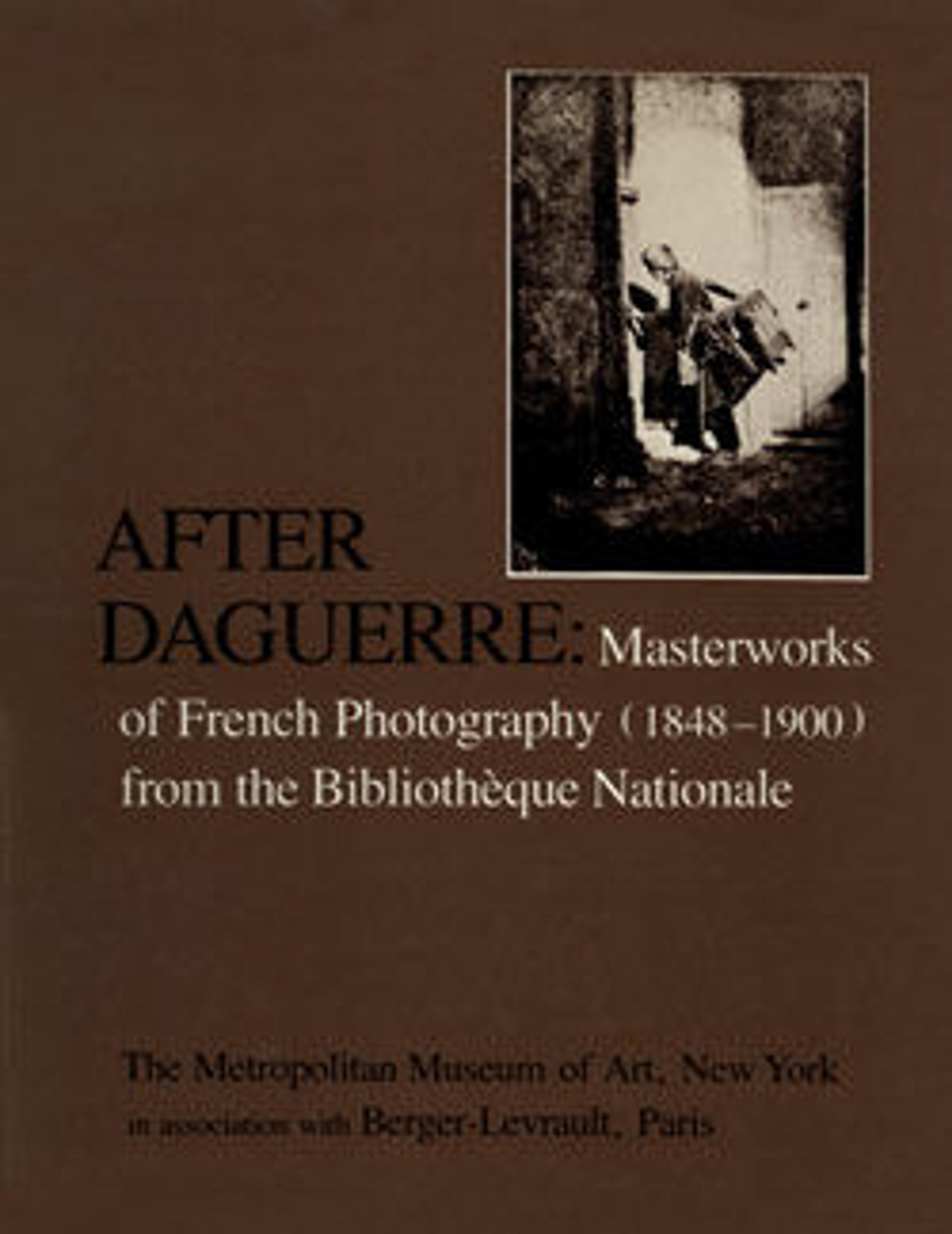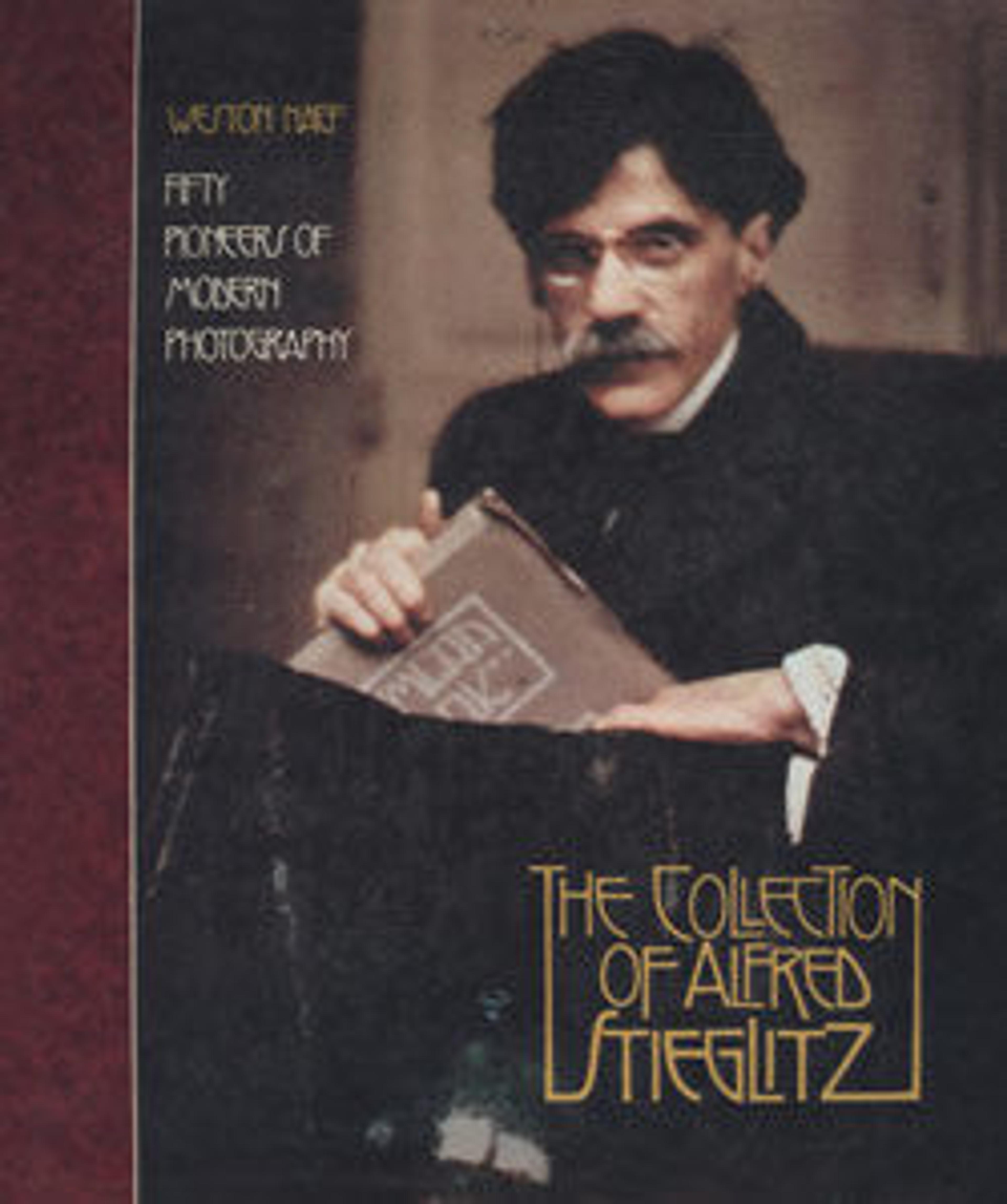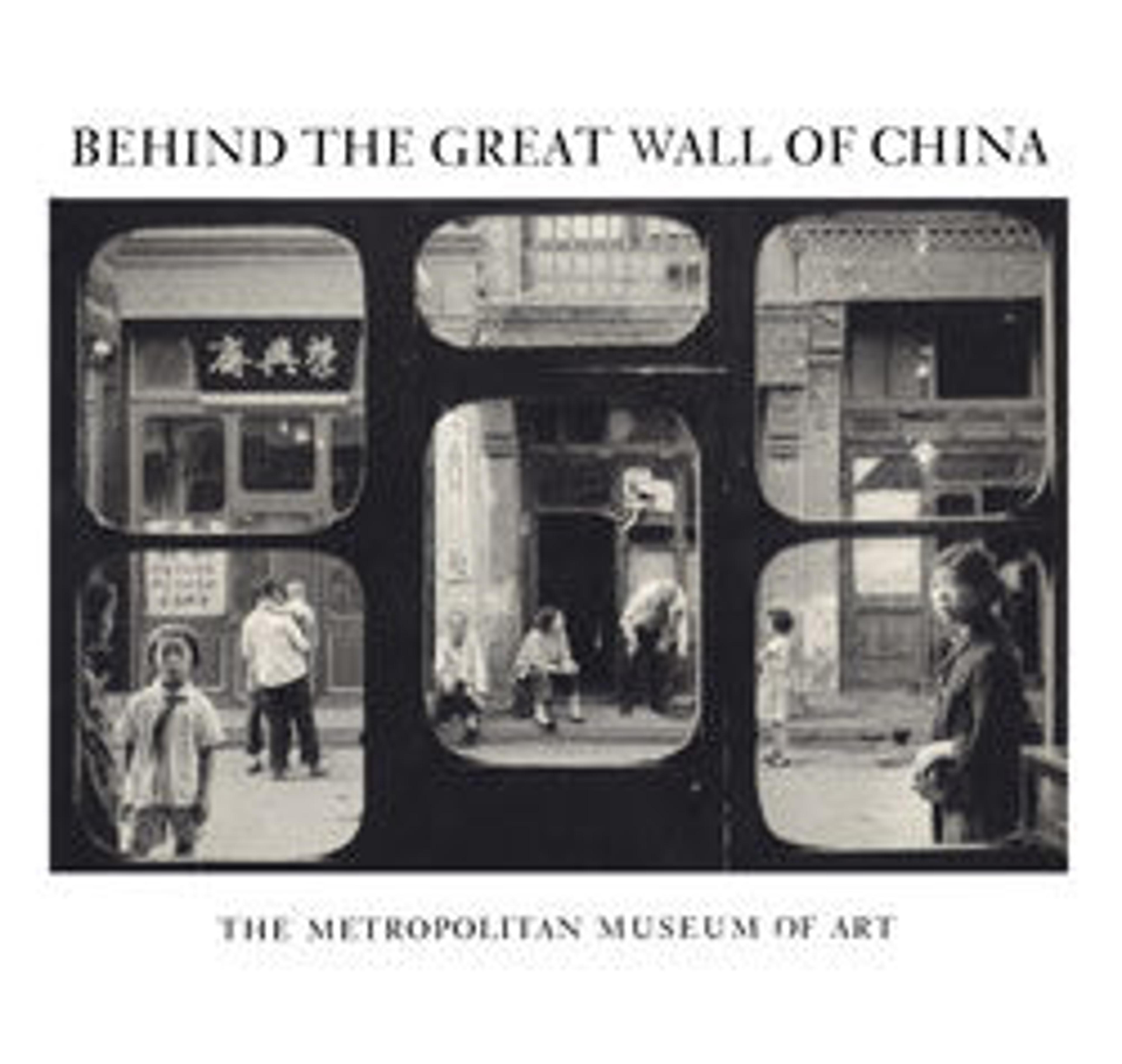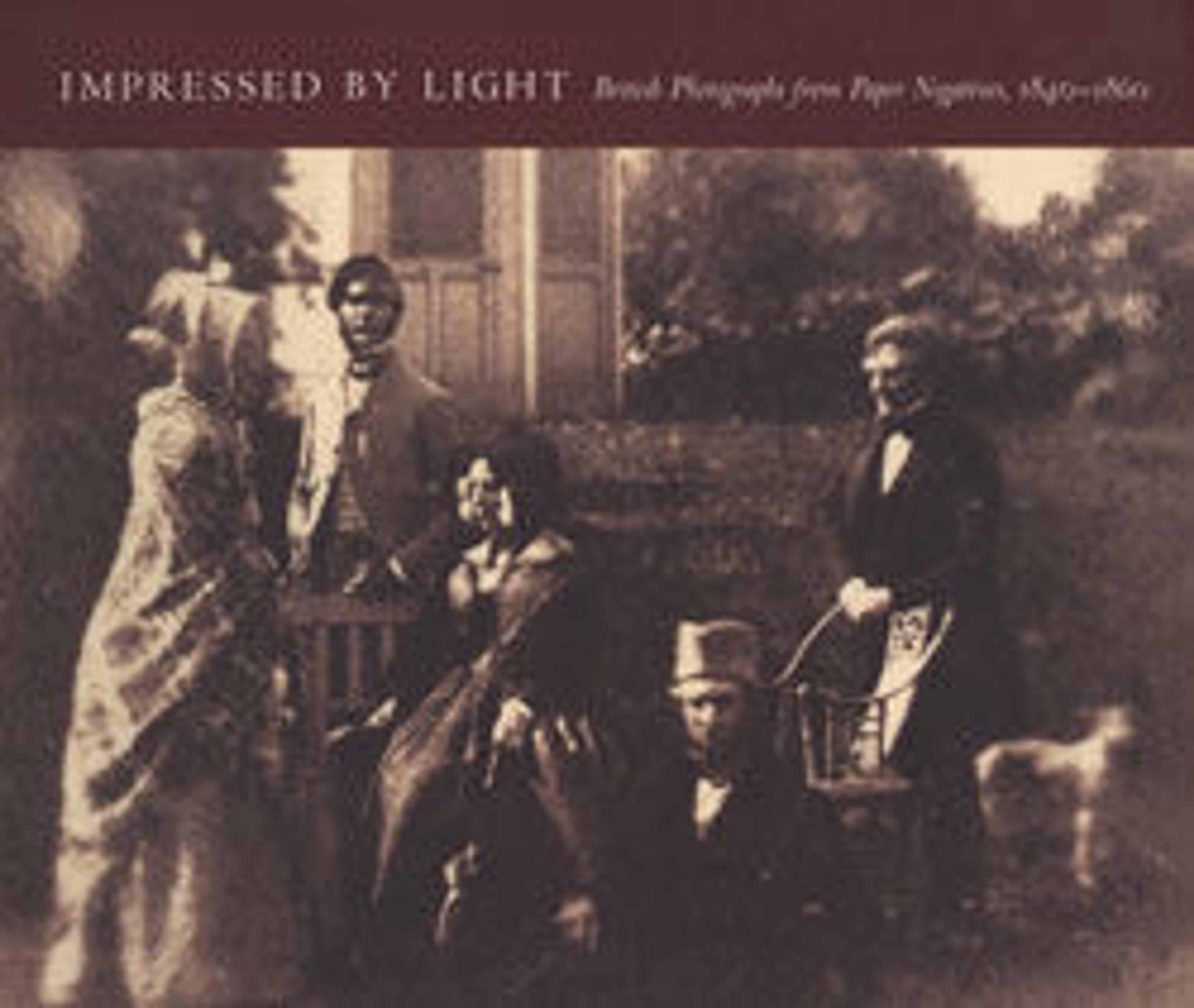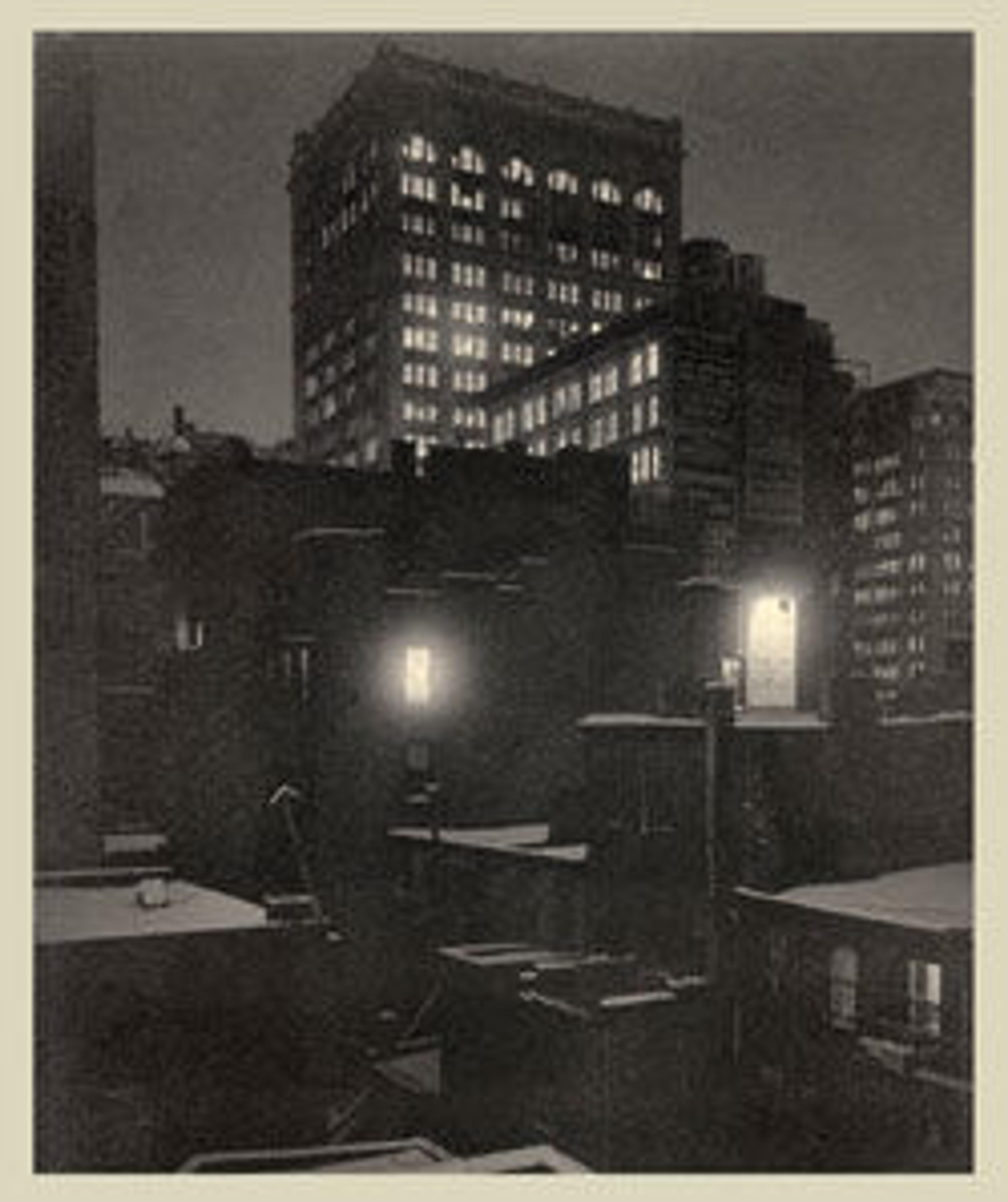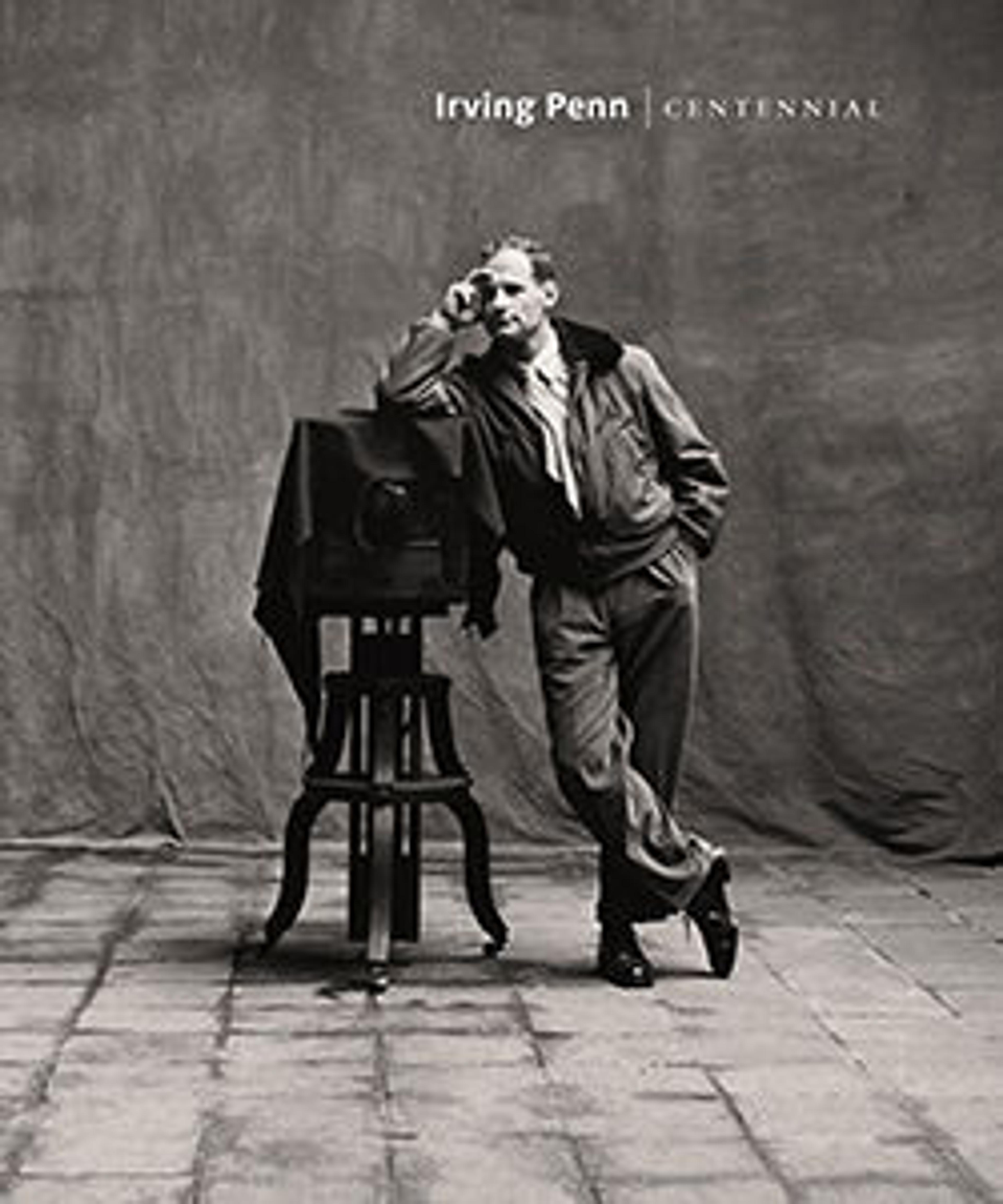After Daguerre: Masterworks of French Photography (1848–1900) from the Bibliothèque Nationale
In 1839 Louis-Jacques-Mande Daguerre astonished the Académie des Sciences with the revelation that he had discovered how to make images on silvered copper plates that were "drawn by the hand of the sun." The following years were exciting ones for those pioneers who eagerly took up the new medium. Tantalized by the possibility of someday stopping action and spurred by the artistic and money-making potential of this miraculous invention, early French photographers produced a range of images that anticipated nearly every style and subject since explored by serious art photographers of the twentieth century—genre scenes, nudes, portraiture, architecture, and still lifes. Until the effects of mass commercialization at the turn of the century stripped the magic from their medium, French photographers reveled in the challenge of the new visual dimension and laid the formal groundwork for the photographic tradition as we know it today. Fortunately for students of this golden age of photography, French law required that two copies of each product of the graphic arts meant for sale to the public be deposited in the Dépôt Légal. Many of the prints, long buried in the fonds of the Bibliothèque Nationale, have not been seen by anyone since their photographers themselves first placed them there. The unrivaled collection created by this procedure, now part of the Bibliothèque's Département des Estampes et de la Photographie is now for the first time brought to light, as a collaborative effort between the Bibliothèque Nationale and The Metropolitan Museum of Art, New York.
The work of one hundred photographers, from 1848 to 1900 was selected to give both the public and the experts their first glimpse of some of the finest photographs of the nineteenth century. In spite of the spectacularly high quality of their production, only a few of these photographers—such as Félix Nadar and Gustave Le Gray—are known to scholars. The majority are either practitioners renowned in their own day but now forgotten, or those whose past and present anonymity leaves even their identities in doubt. Whether familiar or unknown, they have left us a legacy of images documenting famous men and great events through a variety of approaches that ranges from studio to countryside and techniques that vary from daguerreotypes to honey-based collodion plates. Following their exhibition at the Petit Palais, Paris (September 18–November 23, 1980), and at The Metropolitan Museum of Art, New York (December 18, 1980–February 15, 1981), these works will again be scattered and redistributed among the files of the Bibliothèque Nationale. Since even the most ardent visitor to that archive could never duplicate this survey, the exhibition catalogue, with nearly every object illustrated, marks an especially significant contribution to the history of photography.
You May Also Like
Press the down key to skip to the last item.
Citation
Marbot, Bernard, and Brigitte Hébert. 1980. After Daguerre: Masterworks of French Photography, 1848-1900, from the Bibliothèque Nationale Paris, Museé Du Petit Palais, September 18-November 23, 1980, New York, Metropolitan Museum of Art, December 18, 1980-February 15, 1981. New York Paris: the Metropolitan museum of art Berger-Levrault.
